Tesla shareholders have filed a lawsuit accusing Tesla and CEO Elon Musk of securities fraud, claiming they hid the potential dangers associated with the company’s new robotaxis. The suit touched off a sharp slump in Tesla sales.

Tesla’s 10 robotaxis hit the streets in Austin, Texas on June 22, much to the delight of the company’s supporters.
With the company’s EV sales posting double-digit declines, CEO Elon Musk has sought to convince investors that Tesla’s future is all about new business opportunities, notably its Optimus Prime robot and driverless Robotaxis.
But a group of shareholders have accused both Tesla and Musk of securities fraud, claiming they concealed the potential dangers associated with the driverless taxi service launched nearly two months ago in Austin, Texas.
That’s backed up with videos and personal reports indicating significant malfunctions that saw Tesla robotaxis break traffic laws and, at least on a few occasions, put passengers at risk.
Tesla loses Autopilot case

Crashes involving Tesla vehicles have raised concerns about motorists failing to heed the limitations of partially automated systems like Autopilot.
The lawsuit, Morand v Tesla Inc et al, was filed in U.S. District Court, Western District of Texas late Monday.
It follows last Friday’s jury verdict in a Florida case that found Tesla 33% responsible for a 2019 crash that saw a 22-year-old woman killed and her boyfriend injured. The plaintiffs had blamed the crash on the use of Tesla’s semi-autonomous Autopilot technology. (The automaker said it plans to appeal the verdict and continues to say the crash was solely caused by the vehicle’s driver.)
Autopilot and the more advanced Full Self-Driving system have been involved in numerous crashes and blamed for some deaths and injuries. But despite ongoing investigations at the federal level, Tesla continues to claim both are not only safe, but that vehicles running on those systems are less likely to be in crashes.
The robotaxi lawsuit
After a series of delays, Tesla on June 22 launched a small fleet of modified Model Y SUVs it claimed capable of operating in fully driverless mode. It has since expanded that fleet and is preparing to soon expand to other markets.
The lawsuit, led by shareholder Denise Morand, raises questions not only about the safety of Tesla’s robotaxis but about the claims and promises made by Musk and Tesla. The CEO has billed the driverless ride-sharing service as essential to Tesla’s future while insisting the technology is up to the job of transporting passengers without risk to them, other drivers or pedestrians.
In April, Musk told investors during a conference call that Tesla was ready to begin a “scalable and safe deployment (of robotaxis) across diverse geographies and use cases.”
Shareholders said this included Musk’s assurance on an April 22 conference call that Tesla was “laser-focused on bringing robotaxi to Austin in June,” and Tesla’s claim the same day that its approach to autonomous driving would deliver “scalable and safe deployment across diverse geographies and use cases.”
But such claims have been challenged by ongoing reports and videos. Among other things, Tesla robotaxis have run over curbs, driven the wrong way on public streets, failed to stop at lights and have even dropped off passengers in the middle of multilane roads.
More Tesla News
- Musk Leaves D.C., Promises to Spend at Least 5 Years More as Tesla CEO
- A Wave of Senior Execs Exit as Tesla Sales, Earnings Plunge
- Tesla Rolls Out 1st Robotaxis, Announced $4.20 Ride Fee
Tesla moving ahead
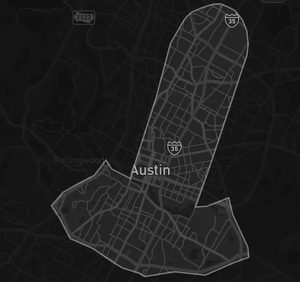
Tesla CEO Elon Musk couldn’t help himself when it came to showing the expanded coverage area of Tesla’s robotaxis.
Despite concerns raised since the June launch, Tesla continues to expand its robotaxi operations. Musk triggered groans when, last month, he posted to X an expanded service map looking like a penis.
For his part, Musk has insisted that the company remains “super paranoid about safety,” as it looks to expand to other cities including San Francisco, Miami and New York.
Long-time Tesla bull Cathie Woods, head of ARK Invest, remains upbeat and bills the service as a “trillion-dollar valuation opportunity for Tesla,” forecasting robotaxis could generate 90% of Tesla’s profits by 2029.
But the lawsuit has flagged concerns among other investors. Coming on top of the automaker’s weak second-quarter financial report, shares have tumbled from a recent high of $333.82 on July 23, to as low as $306.02 on Tuesday morning.

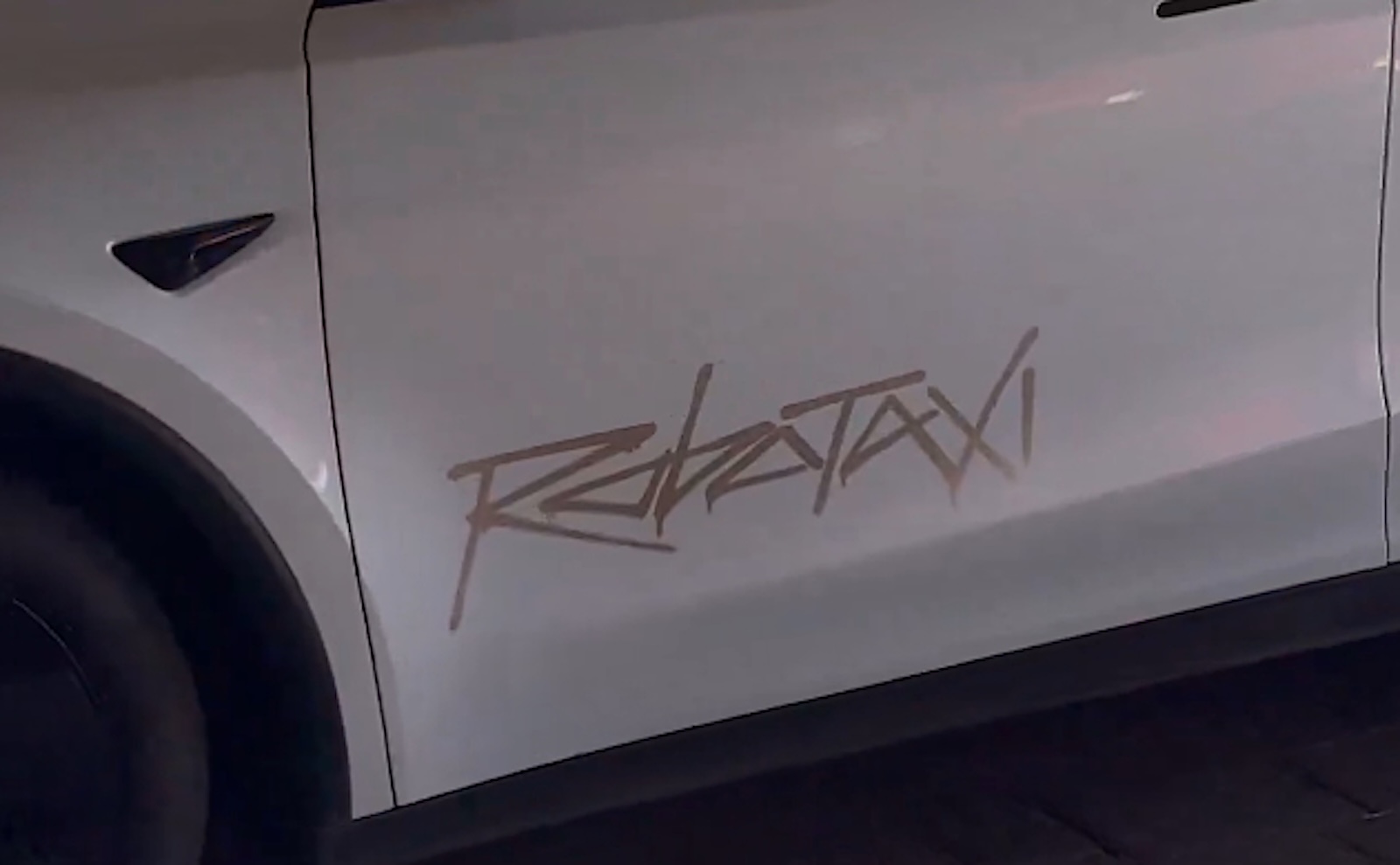
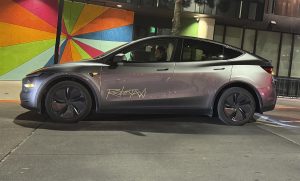
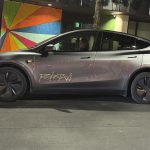
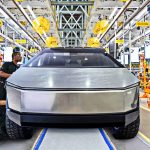
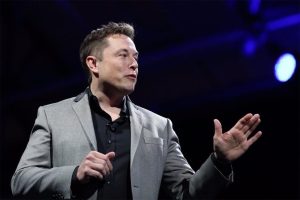
0 Comments